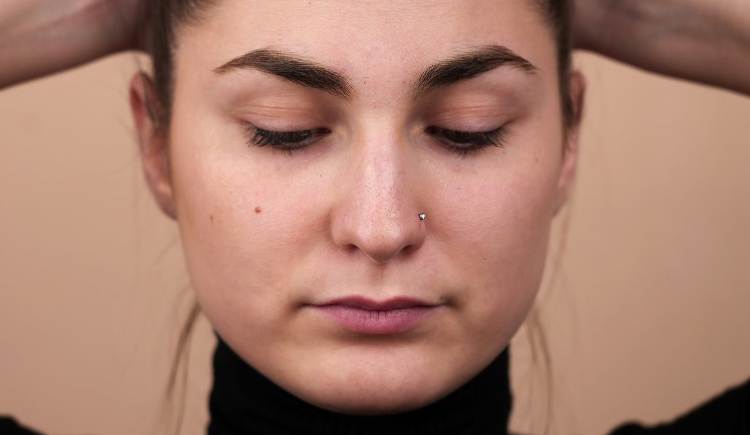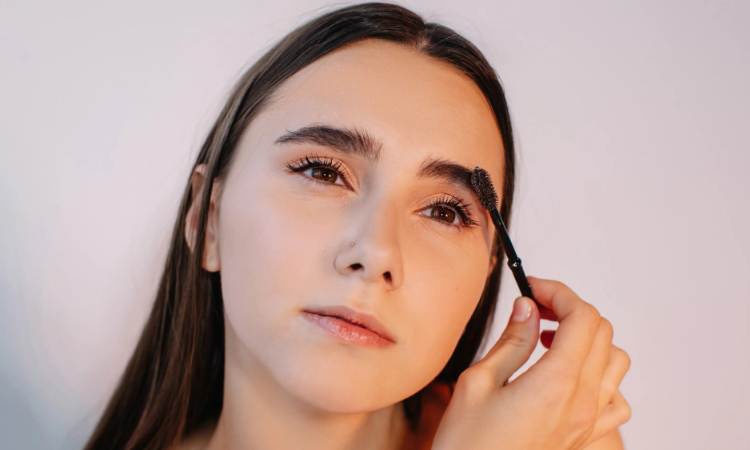
Eyebrows hold significant importance in shaping our facial appearance and conveying our emotions. They contribute to the overall aura of an individual. Over the years, eyebrow trends have undergone a remarkable transformation, shifting from the sleek, thin styles of the past few decades to the fuller, more pronounced brows that have gained popularity in recent years.
In 2023, the trend favors bold, full eyebrows. This shift raises concerns for those who experience eyebrow thinning. If you find yourself among those dealing with sparse brows, it’s essential to identify the underlying causes, which we will explore in this article.
Moreover, we will discuss how long it typically takes for eyebrows to regrow fully and share tips on accelerating their growth and enhancing their thickness.
Table of Contents:
Part 1: What Causes Eyebrow Hair Loss?

If your eyebrows are becoming thinner, identifying the cause is the first step toward prevention and treatment.
Genetic Factors
Your genetics play a crucial role in determining your facial features, including the fullness of your eyebrows. Take a moment to observe your parents' eyebrows; if they tend to be thin and sparse, your eyebrow thinning may be hereditary.
Aging
As we age, hair follicles may begin to shrink due to hormonal shifts, particularly during menopause, resulting in naturally thinning eyebrows for those over 50.
Excessive Plucking
When grooming eyebrows, techniques such as threading, shaving, and waxing are common. While shaving is generally harmless, excessive plucking can damage hair follicles, leading to regression or even destruction of the follicles, causing hair loss.
Medical Conditions
Various health conditionsskin infections
Injury or Trauma
Injuries to the eyebrow area, whether from grooming tools or other forms of trauma, may result in localized eyebrow thinning, particularly if the injury does not heal properly.
Stress
Chronic stress can impact hair follicles, leading them to enter a dormant state. While this is often associated with hair loss on the scalp, extended periods of stress can also affect eyebrow hair.
Nutritional Deficiencies
Adequate nutrition is essential for healthy hair growth. If your diet lacks vital nutrients like iron, biotin, and certain vitamins, it can adversely affect eyebrow growth.
Part 2: Do Eyebrows Regrow?
Absolutely, eyebrows do regrow. However, the rate of regrowth varies based on individual health conditions. Generally, eyebrow hair grows back more slowly than scalp hair, with regrowth taking approximately 3 to 6 months after complete shaving or plucking.
Factors Affecting Eyebrow Hair Growth
Several factorseyebrow hair
Part 3: Do Eyebrows Grow Back After Shaving?
Yes, eyebrows will grow back after shaving. This explains why eyebrow shaving remains a popular method for shaping brows. Even if completely shaved, eyebrows will eventually regrow.
Debunking the Myth from the 1900s
Prior to the 1900s, it was widely believed that hair would not regrow after being shaved or waxed. However, a study conducted in 1999 disproved this misconception, showing that shaving does not prevent eyebrow regrowth.
Clarifying the Myth in the 2000s
Further research in 2015 confirmed that eyebrows typically return to their natural fullness within 4 to 6 months post-shaving. However, factors such as health, medical conditions, and infections can influence this regrowth rate. You can also explore the best eyebrow razors and trimmers for optimal grooming.
Part 4: How Long Does It Take for Eyebrows to Grow Back?







































